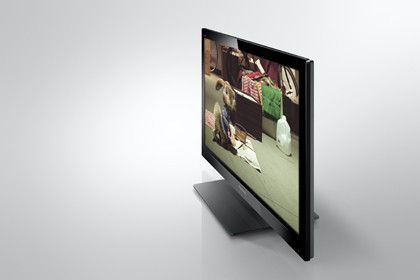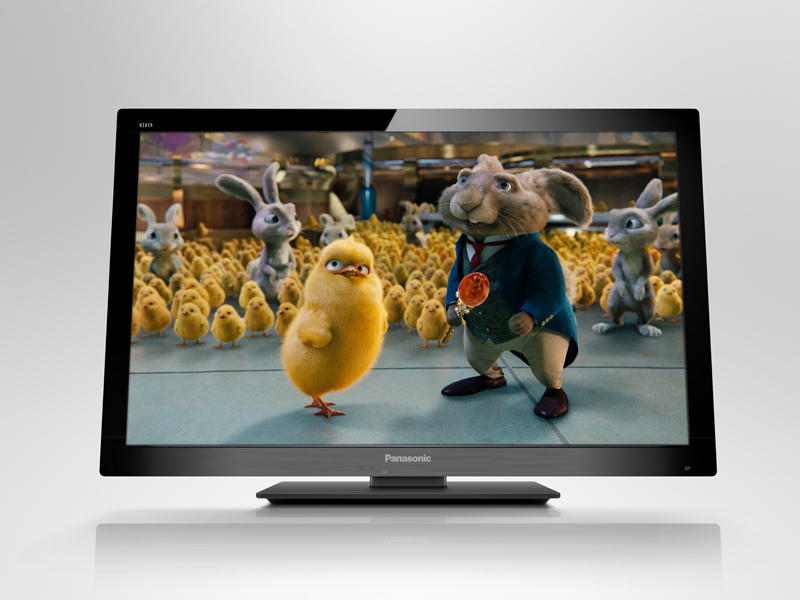Why you can trust TechRadar

Pictures are frustratingly close to greatness, but don't quite manage to go the extra mile.
When it comes to contrast, for instance, while the set is impressively expressive at the brighter end of the video spectrum, it bottoms out into greyness a little earlier than we'd like when trying to render black picture areas. This makes the picture feel a touch unbalanced when watching high-contrast content such as a typical Blu-ray film and also obscures shadow detail in dark areas.
Motion handling is also slightly frustrating. Turn off the Intelligent Frame Creation (IFC) processing and you'll see more judder and motion blur than was evident on the TX-L32DT30B, presumably on account of this set's inferior 100Hz-plus-blinking-backlight arrangement versus its costlier, 200Hz sibling's scanning technology.
However, both judder and blur are reduced considerably by activating IFC, which makes motion exceptionally sharp and crisp, but at the cost of some flickering and halo-type artefacts when the set is pushed hard by very motion-heavy sequences.
Despite this, you'll probably find that you prefer to leave IFC on, though only to its Mid setting; a bit more control over IFC's potency – like the separate judder and blur tweaks Samsung gives you for its Motion Plus processing – would have been a good idea.
The main good news about the TX-L32E30B's pictures is that they have an enjoyably - and unusually for a 32-inch set - cinematic lustre, thanks in particular to the TV's colour handling. The set doesn't present colours with the sort of garish vibrancy many edge LED TVs achieve, so at first glance you might feel that its palette looks a touch muted.
The longer you live with it, though, the more you'll appreciate the naturalism, subtlety and balance of its tonal range and the way it assiduously follows the sort of reference colour cues preferred by organisations such as THX and the Imaging Science Foundation.
Sharpness is superb, too, with IFC helping render pristine HD sources that are full of texture, while standard-definition sources are upscaled with panache and without exaggeration of source noise.
It's also a relief to discover that black levels, while not particularly deep, are at least consistent, with the TX-L32E30B avoiding the sort of backlight inconsistencies that plague so many edge-lit TVs.
Lastly, the TX-L32E30B's IPS Alpha panel can be watched from wider viewing angles than most LCD TVs before contrast and colour levels start to plummet.
Current page: Panasonic TX-L32E30B: Picture quality
Prev Page Panasonic TX-L32E30B: Features Next Page Panasonic TX-L32E30B: Sound, value and ease of useJohn has been writing about home entertainment technology for more than two decades - an especially impressive feat considering he still claims to only be 35 years old (yeah, right). In that time he’s reviewed hundreds if not thousands of TVs, projectors and speakers, and spent frankly far too long sitting by himself in a dark room.

